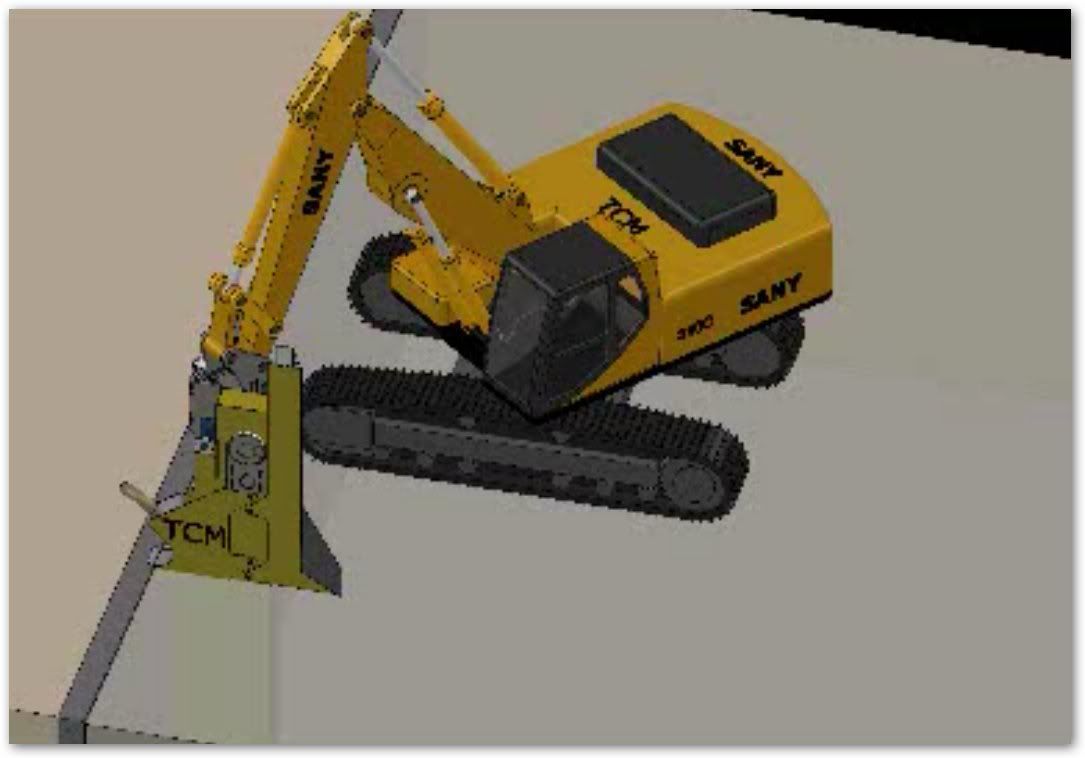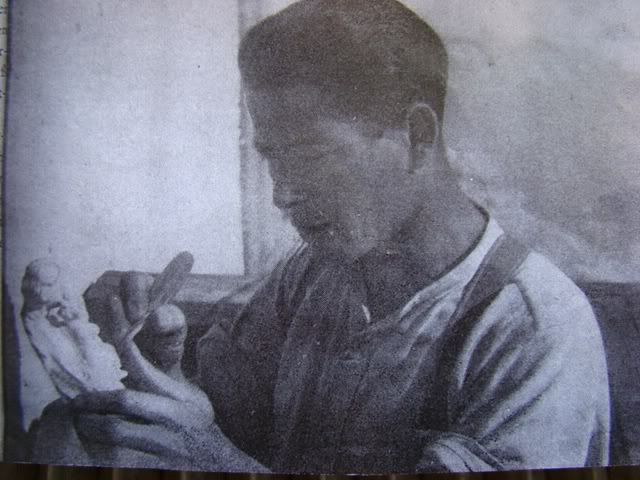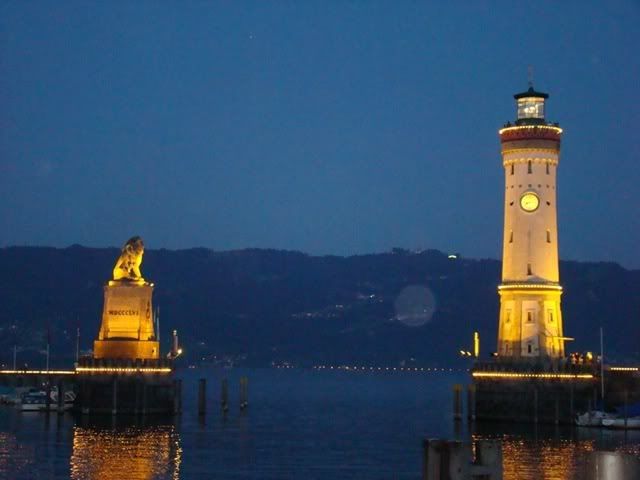The Killer Lakes (crater Lakes) of Cameroon :
1. Lake Nyon:
Lake Nyos is a crater lake in the Northwest Region of Cameroon, located about 315 km (196 mi) northwest of Yaoundé.[1] Nyos is a deeplake high on the flank of an inactive volcano in the Oku volcanic plain along the Cameroon line of volcanic activity. A volcanic dam impounds the lake waters.
A pocket of magma (岩漿) lies beneath the lake and leaks carbon dioxide (CO2) into the water, changing it into carbonic acid. Nyos is one of only three known exploding lakes to be saturated with carbon dioxide in this way, the others being Lake Monoun, also in Cameroon, and Lake Kivuin Democratic Republic of Congo.
On August 21, 1986, possibly as the result of a landslide, Lake Nyos suddenly emitted a large cloud of CO2,………………..
What happens in such cases is that the CO2 is trapped in the water, which acts rather like the cork in a champagne bottle. Release the cork and you get an explosion of CO2 gas that has catastrophic consequences if the build up is too large. In this case, thousands of villagers lost their lives as well as many more thousands of livestock animals.
Imagine living in a remote village. Darkness has fallen and villagers are getting ready for bed, when suddenly you hear a loud 'boom'. Nothing too much to scare you in itself, but then comes the strange fog, rolling, rolling over everything, spreading out its poisonous tentacles. You and your family start to have trouble breathing. Desperate for air, you go outside – right into the deadly fog. This actual event befell 1,700 people and 3,500 animals on August 21, 1986 in Cameroon.
Though not completely unprecedented, it was the first known large-scale asphyxiation caused by a natural event. To prevent a recurrence, a degassing tube that siphons water from the bottom layers of water to the top allowing the carbon dioxide to leak in safe quantities was installed in 2001, and two additional tubes were installed in 2011.
http://en.wikipedia.org/wiki/Lake_Nyos
2. Lake Monoun, Cameroon
The third of the three African exploding lakes, Lake Monoun also has the three essential elements needed to accumulate CO2 in deadly quantities. In order to do so, first these lakes need to be at least 160 feet deep; second, they have to have an equatorial location so gas won't naturally escape in the colder season; third, they must be situated in a volcanic region.
Lake Monoun is only 60 miles away from Lake Nyos. Two years before the larger catastrophe at Nyos in 1986, 37 people were killed from the lake overturn at Monoun. Twelve of the people were in a truck, but the two riding on top of it survived because CO2 is heavier than air and was lower to the ground.
3. Lake Kivu, Rwanda
Another lake of stunning beauty, Lake Kivu is the second exploding lake in the mold of Lake Nyos – a body of water that experiences 'lake overturns'. Lake Kivu is 2000 square kilometers larger than Nyos and very close to an active volcano. The chemical gas that would lead to the overturn is also different; here, it is a mixture of methane and carbon dioxide. According to Wikimedia: "Scientists hypothesize that sufficient volcanic interaction with the lake's bottom water that has high gas concentrations would heat water, force the methane out of the water, spark a methane explosion, and trigger a nearly simultaneous release of carbon dioxide. The carbon dioxide would then suffocate large numbers of people in the lake basin as the gases roll off the lake surface. It is also possible that the lake could spawn lake tsunamis as gas explodes out of it."
If Kivu explodes, it will make the catastrophe at Nyos look small in comparison as there are two million people living in the basin here. Unfortunately, the sheer size of the lake makes degassing it with a pipe, as they are doing now at Lake Nyos, impossible. Therefore it is just a matter of time before it overturns, killing thousands of people in the surrounding area.
Read more at: http://www.environmentalgraffiti.com/news-killer-lakes?image=11#fSxtv7Dw5gd67Xkh.99
Read more at:
*********************
The Killer Lakes (crater Lakes) of America :
1. Mount Rainier Crater Lake, USA
Mount Rainier's crater lake is unusual on this list; at the peak of the mountain is a large crater which is always covered in ice and snow. The lake is only reachable through underground caverns but is as deadly as many exposed ones. Only 70 miles from Seattle, the volcanic gas there is a threat to 100,000 people. Sulfur dioxide when combined with water forms sulfuric acid. The water in the crater lake and below the lake itself is creating sulfuric acid that is eating into the volcanic rock of the mountain. Most volcanic rock you find in the world is strong, but in parts of Mount Rainier it can easily crumble in your hand.If this rock (which is the what the mountain is made of) were to collapse in any area, it would cause something called a 'lahar', a slurry of mud, rock and ice. The rock collapse would also breach the lake, letting loose tons of water within it as well. It happened 500 years ago at Mount Rainier, and one 25 ton rock was found 30 miles away in the back of a garden from when the lahar buried the valley. This is not a question of if but when the people in the area are going to be quite literally buried – and no eruption is needed for this, just the erosion of rock and its collapse. There is a possibility the people of Seattle will be buried in mud and rock because of a natural event deadlier than eruptions themselves.
NASA recently announced that they had found an organism that used the arsenic in the lake in their DNA instead of phosphorus. Nevertheless, this a lake that exemplifies man's capacity to meddle with nature – with deadly consequences to all but the smallest and hardiest of of life forms.
2. Horseshoe Lake, USA
Horseshoe Lake, near the town of Mammoth Lakes, California, is a silent killer. It is beautiful and deadly, and at its north end there are few trees or signs of life visible. Carbon dioxide is present at 95 times its normal quantities in the soil. A way to show the effect of this is to dig a hole in the sandy earth and then hold a flame inside it. It will extinguish right away as there is not enough oxygen. This has a deadly effect on humans. In the town or any windy area it often disperses, but in the lake itself and some areas surrounding it, it doesn't. In 2006, three people were killed by the CO2 build up in a cave not far from the lake where they took shelter. A frightening case of out of the frying pan, into the fire.
So far, evidence of 25 such explosions have been found to have taken place in the last 25,000 years, and another is long overdue. When the last one occurred, 100,000 gallons of boiling water exploded causing a tidal wave. Rock and mud covered 10 square miles. A small earthquake, normally harmless deep under the lake bed, would be enough to trigger such an explosion. The deadly potential is there. This is a lake to not only blow your mind, but blow away every other part of your body too!
3. Yellowstone Lake, USA
Scientists have recently found a new way that crater lakes can kill. In 2003, they mapped the floor of the 3
stunning Yellowstone Lake in Yellowstone National Park, a very active volcanic region (hence the famous geysers). There they discovered a 100-foot dome on the floor in Mary's Bay. This dome was caused by water being heated under the lake bed, which then expands, building up pressure and creating the dome. A geyser is a small example, but unlike the dome in the lake, it has a relief valve. Without such a valve, there is a real hazard of what is known as a 'hydrothermal explosions
Interestingly, Lake Nyos does not produce anywhere near the amount of carbon dioxide that California's Horseshoe Lake does, as we will see later. If the gas had the devastating effect here, the people who live in the valley adjacent to Horseshoe are all in danger of the same fate. Lake Nyos was a warning sign to everyone: these killers are real. Men, women and children can die in a single evening from poisoned air!







































0 意見:
張貼留言